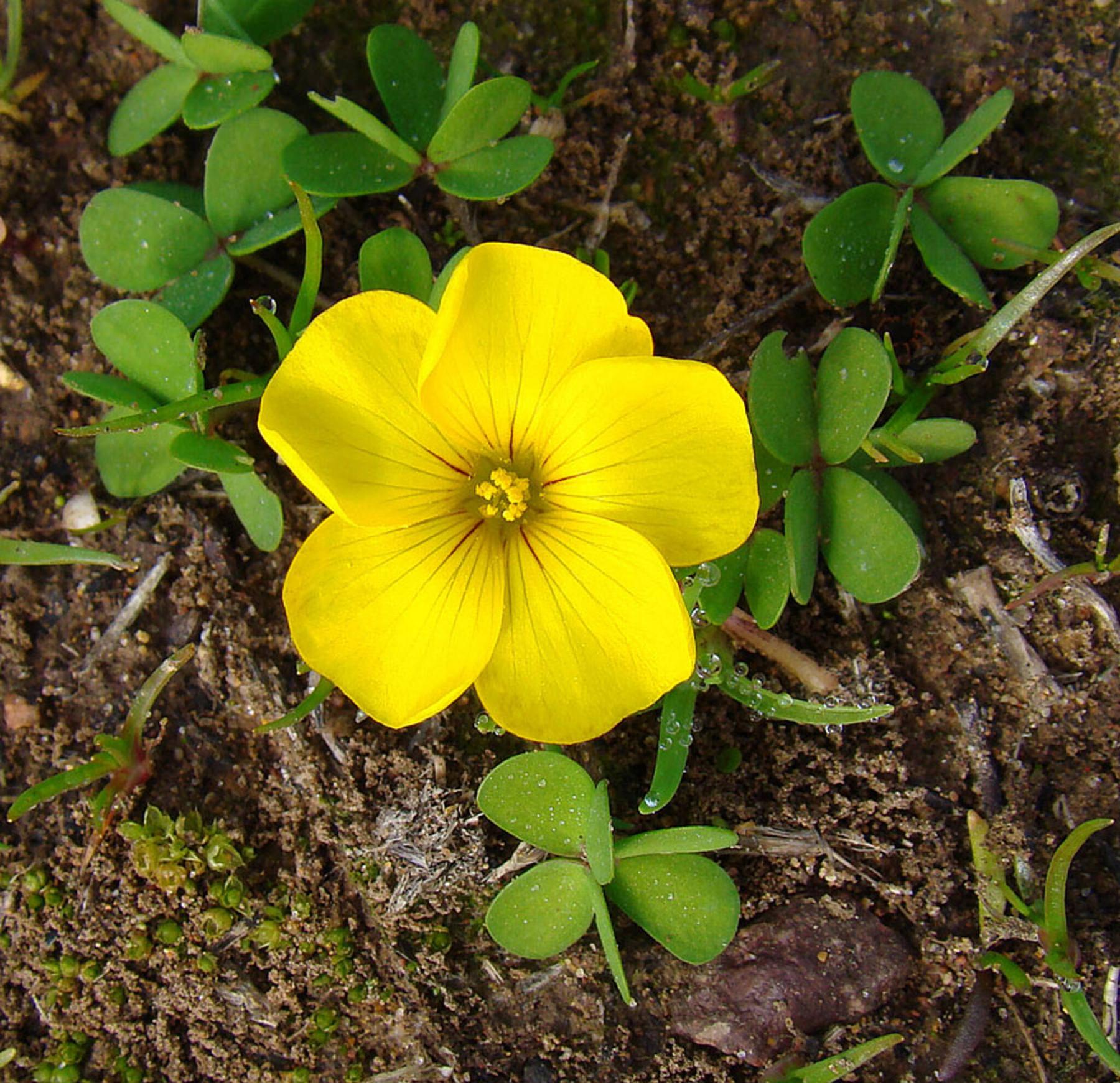
Dick Culbert / Wikimedia Commons
In South America, the Chilean wood sorrel (Oxalis perdicaria) is a staple of the grey partridge’s diet.
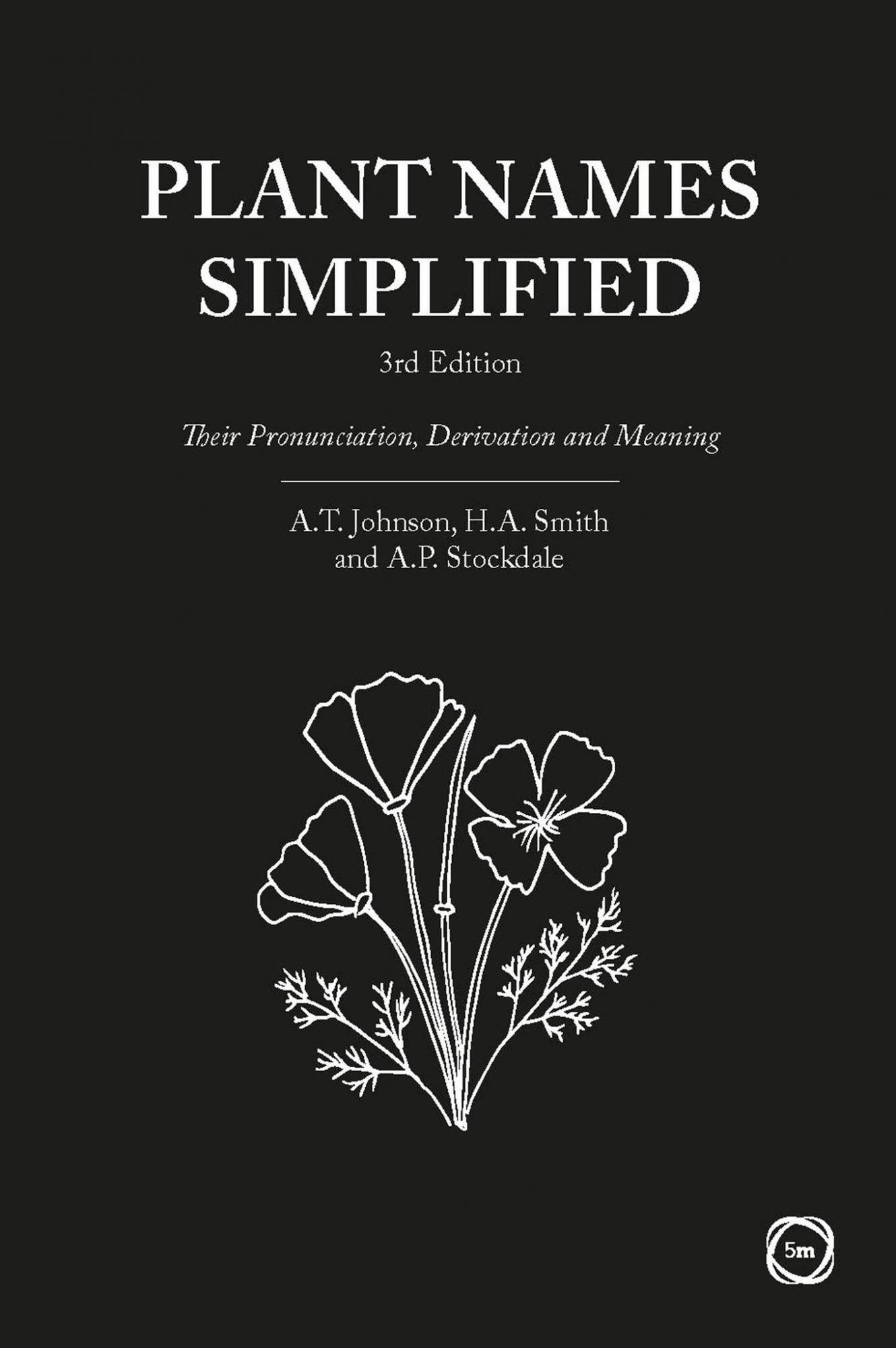
5M Publishing photo
The third edition of the book Plant Names Simplified explores the meaning behind the Latin origins of plant names.
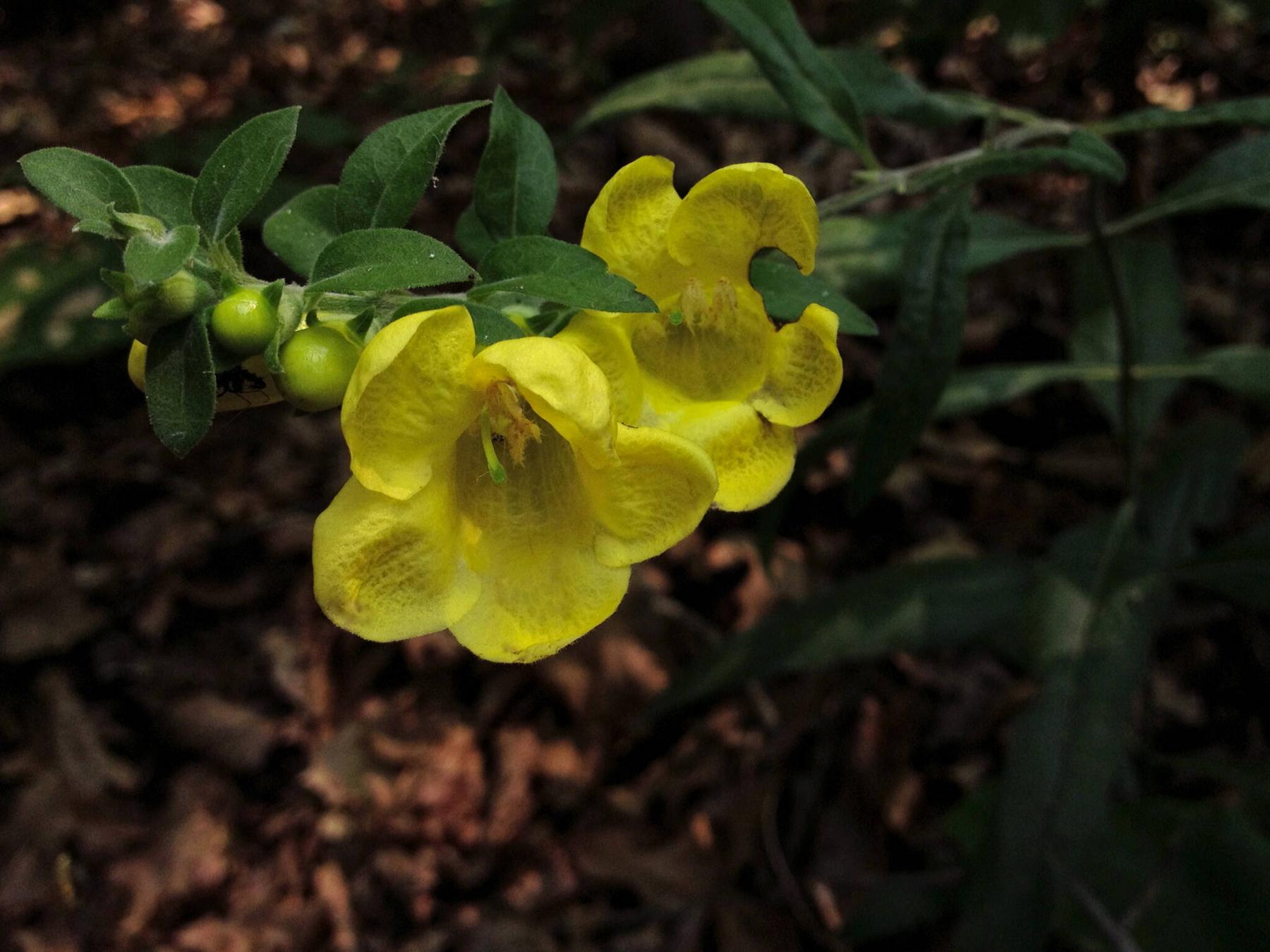
Fritz Flohr Reynolds / Wikimedia Commons
Downy yellow false foxglove has five petals and is native to eastern Canada and the U.S.
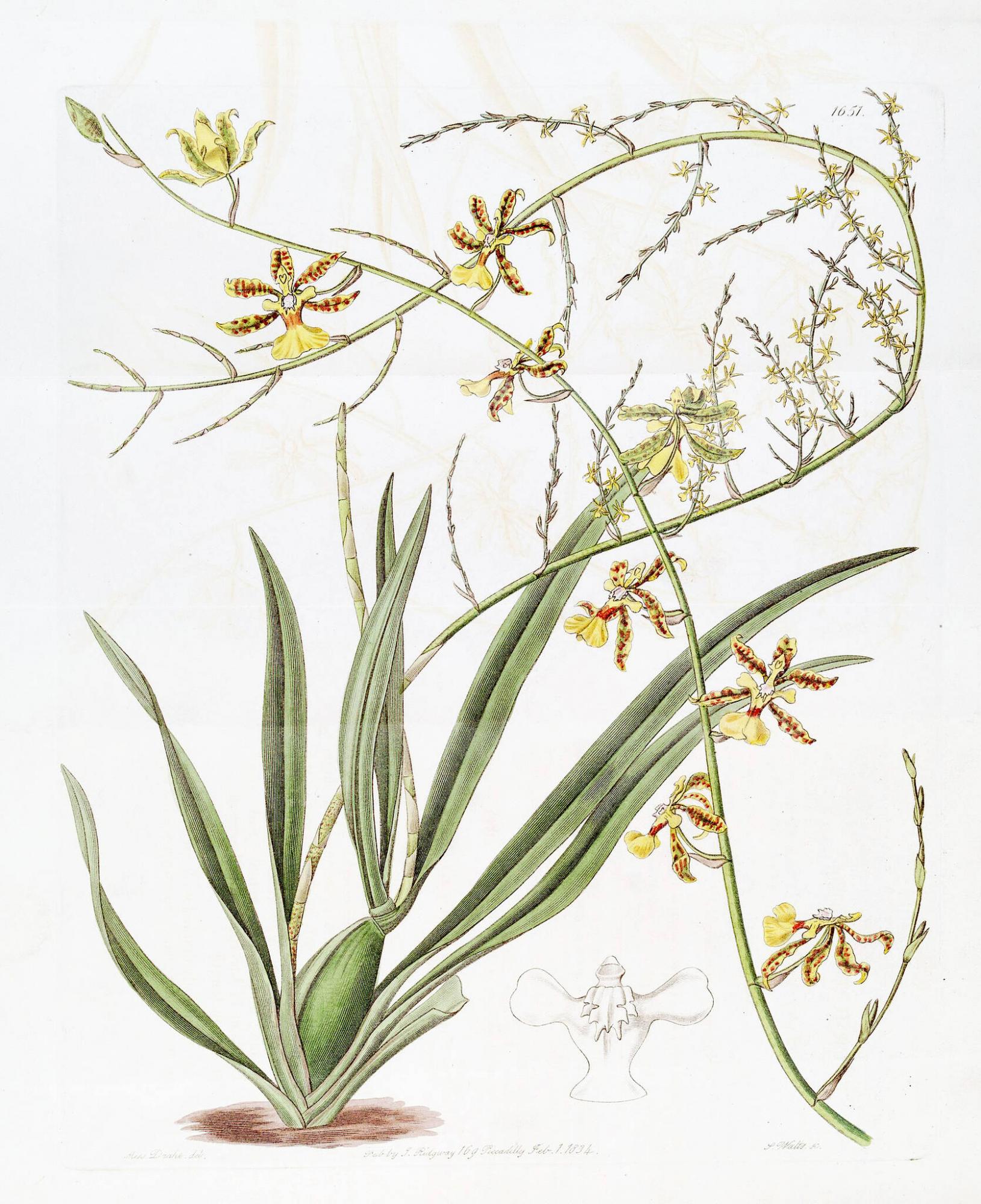
Sarah Drake / Public Domain
Sarah Drake’s botanical illustration depicts the dancing-lady orchid.
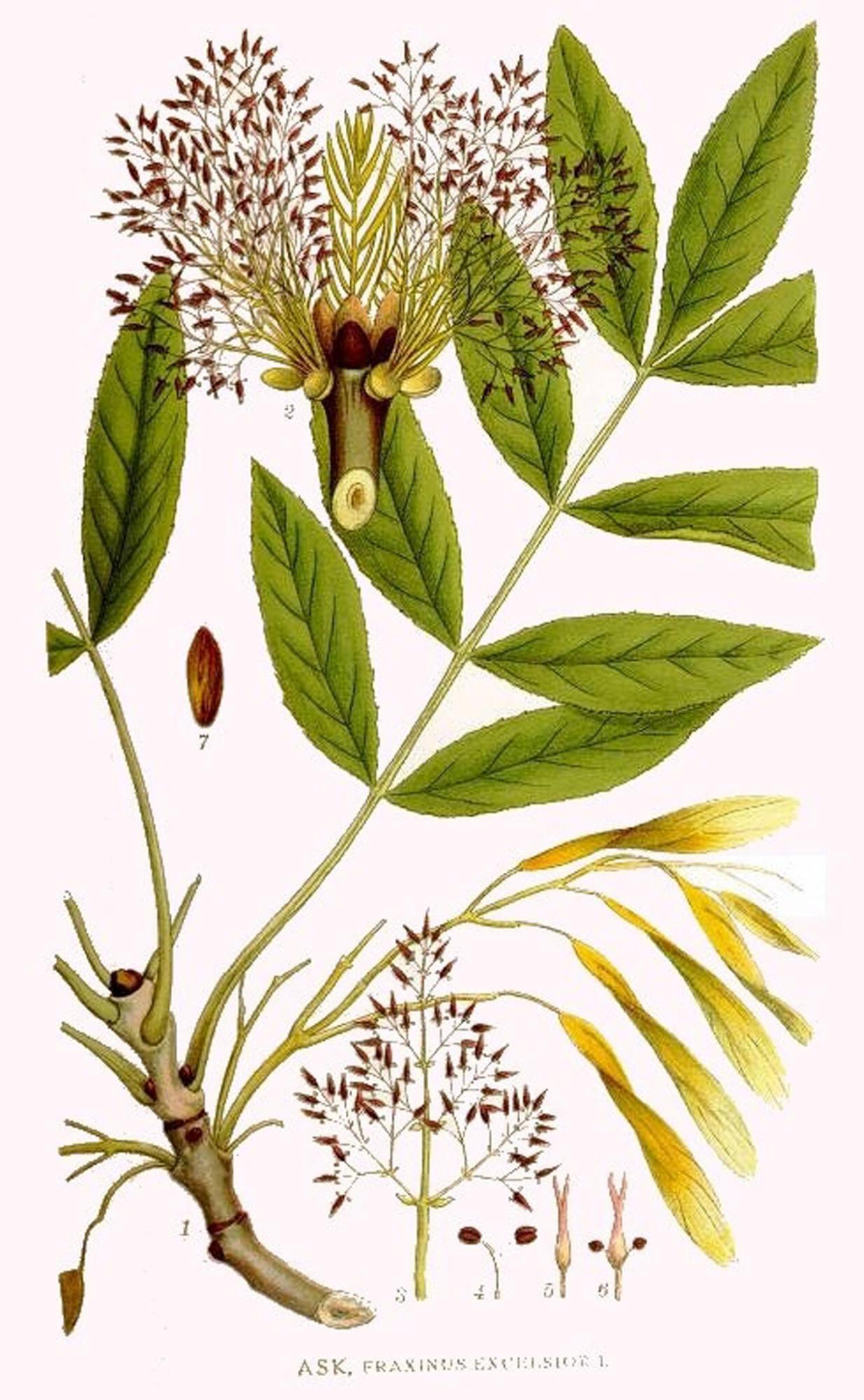
C.A.M. Lindman / Public Domain
Fraxinus is the Latin name for an Ash tree, probably from the Greek phrasso, to fence.
Adrian Stockdale is author of Plant Names Simplified: Their Pronunciation, Derivation and Meaning (5M Publishing, 2019), the revised third edition of the book first published in 1931 by renowned horticulturalist Arthur Johnson. The book provides the name, pronunciation and classification of common plants, and the meaning behind the Latin origins of the plant name. Stockdale, who makes his home in Lancashire, England, researches the fascinating stories behind plants, bringing them to vivid life and increasing our knowledge and awareness. Plant Names Simplified is an indispensable resource for plant lovers worldwide.
Here, by special request, Stockdale puts a horticultural twist to a classic holiday song, The 12 Days of Christmas, taking his inspiration from the original version published in London, England, in 1780. The pronunciation, classification and meaning of the plant names included below are extracts from Plant Names Simplified:
A partridge in a pear tree
The grey partridge (Perdix perdix) has declined drastically in Britain since records began in the 1970s. A ground-dwelling bird, the grey partridge technically won’t be seen in a pear tree. It feeds on grains and plants, feeding insects to its young chicks. In South America the Chilean wood sorrel is a staple of the grey partridge’s diet and named in honour of it.
Oxalis perdicaria — Chilean wood sorrel; per-dee-kar-E-a; from Chilean Yerba de la perdiz, partridge herb.
Two turtle doves
Operation Turtle Dove lists the turtle dove as the U.K.’s most threatened breeding bird. The key to its survival is creating and maintaining good quality breeding habitat. Turtle doves feed almost exclusively on seed and one vital food source is common vetch (Vicia sativa).
Vicia sativa — Common vetch; VIS-e-a; classical Latin name, possibly from Latin vincia, to bind, in reference to the clinging tendrils of many of the vetches. Annual and herbaceous perennials.
Three French hens
The French hen in the rhyme is possibly the Bresse Gauloise, a French breed, the birds being a popular delicacy around the time the song first appeared. Now a weed of cultivated ground chickweed would have been gathered and fed to chickens; David Bellamy, English botanist, notes if overfed, the whites of the eggs turn a shade of green. The plant is distinguished by the fine hairs which run along the stem. These assist water to be guided down the stem and thus act as an irrigation system.
Stellaria media — Chickweed; stel-LAR-e-a; from Latin stella, a star, in reference to the star-shaped flowers. Rock plants.
Four colly birds
The original version of the tune mentions four colly birds; this most likely refers to the common blackbird (Turdus merula). The blackbird predominately eats insects and worms; however, they do become frugivorous (feeding on fruits) in season once the fruits become soft enough. The blackbird is important in the seed dispersal of Hawthorn.
Crataegus monogyna — Hawthorn, quickthorn, Mayblossom; mon-o-Jin-a, having a single pistil.
Five gold rings
Plants with gold in their title will be based either on aurea in Latin or chrysos in Greek, hence chrysanthemum. I selected Aureolaria which has five petals to mirror the five gold rings. Native to the eastern board of the United States and Canada. It is an obligate hemiparasitic plant on oaks.
Aureolaria virginica — Downy yellow false foxglove; awe-re-o-LAR-e-a; from Latin, literally golden-like.
Six geese a-laying
Geese were a popular Christmas fayre; they were walked to major towns for slaughter; their feet would be dipped in tar and sand as protection during the journey. Goosefoot: Chenopodium is a culinary genus including fat-hen, now treated as a weed, also called Good-King-Henry and the fashionable quinoa as species.
Chenopodium quinoa — Quinoa; ken-o-POD-e-um; from Greek chen, a goose; podion, a little foot; from the shape of the leaves. Hardy culinary and ornamental plants.
Seven swans a-swimming
The mute swan’s diet consists of Chara vulgaris — stonecrop. Chara; KAR-a; possibly from Greek karis, grace or beauty.
Chara is a submerged algae appearing in the original copy of Plant Names Simplified in 1931. Although not now classified as a plant, I decided to retain it in the third edition.
Eight maids a-milking
Goat’s rue is native to southern Europe and west Asia, its advantage being that it increases milk flow in cows and goats, hence the common name. The herb can also be used as a vegan substitute for rennet in cheese production. The flower is used to encourage pollinators, especially bees. As a legume it can fix nitrogen and be beneficial to other plants.
Introduced to America, it has become a problem weed in some states. Please note the herb contains alkaloids and may be toxic in large doses.
Galega officinalis — Goat’s rue, Professor weed; ga-LE-ga; from Greek gala, milk; ago, to lead, the plant once being esteemed as a fodder crop for cows and goats in milk, hence Goat’s rue. Hardy perennials.
Nine ladies dancing
It’s opportune to celebrate with the dancing-lady orchid and an illustration from Sarah Drake. Miss Drake was a botanical illustrator who created over 1,000 illustrations for Edward’s Botanical Register between 1827 and 1847. She created over 300 illustrations of orchids and John Lindley, botanist, named the Drakaea orchid in honour of her work.
Oncidium altissimum — Wydler’s dancing-lady orchid; on-SID-e-um; from Greek onkos, a tumour. Alluding to the swellings on the lip. Orchids.
Ten lords a-leaping
A tenuous (no pun intended) plant link is cuckoo pint. This common name links the plant to the coming of spring and references to the anatomy. Other common names include Kitty-come-down-the-lane-jump-up-and-kiss-me or more commonly lords and ladies.
Arum maculatum — Lords and ladies, cuckoo pint; a-RUM; ancient name, possibly from Arabic, ar, fire, in reference to the burning taste of the plant. Herbaceous perennials.
Eleven pipers piping
Giant reed is found throughout the Mediterranean region. It grows at a terrific rate under the right conditions, although growth can be checked by late frosts. Prized for its cane with high silica content, it is the go-to reed for woodwind instruments. The ancient Greeks used Arundo donax to make the Kalamavlos, cane-flute, similar to the Sipsi of Turkey and Greece played in traditional folk music.
Arunda donax — Giant reed; ar-UN-do; from Latin arundo, a reed.
Twelve drummers drumming
I am a Bodhran player and have fond memories of performing The 12 Days of Christmas at medieval-themed banquets whilst studying. The Bodhran (Irish drum) is a traditional Irish frame drum. The wooden frame can be made from a number of woods that include beech (non-native to Ireland), oak, birch and ash. Ash (Fraxinus) makes up one of the four principal woodland types of Ireland. It is also present in the other woodland types. Traditionally, the frame would have been worked in greenwood to bend the material. Modern techniques typically use laminated wood to create the frame. The frame imparts tonal quality and resonance. The depth being usually between three to six inches deep. The preferred skin is goatskin stretched over the frame with modern drums being tuneable.
Fraxinus excelsior — ash. FRAKS-in-us; Latin name for an Ash tree, probably from Greek phrasso, to fence, the wood being useful for fence-making. Trees.
Plant Names Simplified is available online and at bookstores. If you would like a signed, personalized copy, contact the author at adrianstockdale@icloud.com.
colleenizacharias@gmail.com



